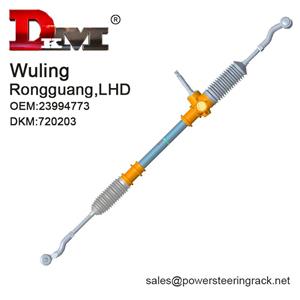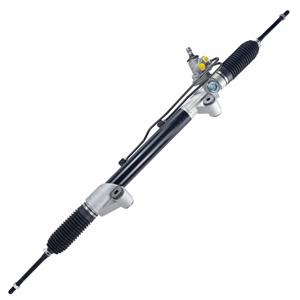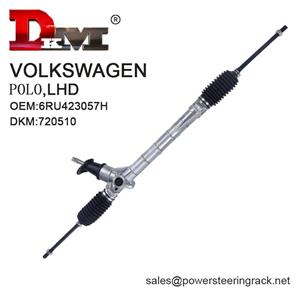-
In the hydraulic power steering system, the hydraulic assist provided by the hydraulic pump shares the force exerted by the driver, so that the rack and pinion are more evenly stressed during steering and reduce the rate of wear. Likewise, the electric motor assist in the electric power steering system plays a similar role.
-
The following are some common names for hydraulic steering gears: 1. Power Steering System 2. Assisted Steering 3. Hydraulic Power Steering System 4. Rack and Pinion Steering 5. Hydraulic Assist System
-
The main reasons for Mercedes-Benz power steering system failure: 1. Aging or damage to hydraulic system components 2. Insufficient or contaminated hydraulic oil 3. Electrical failure in the electric steering system 4. Wear of belts or pulleys 5. Mechanical problems in the steering system 6. Inadequate maintenance or improper use
-
Open the owner's manual and find the vehicle specifications or technical parameters section. Generally, the type of power steering system will be listed here. If the manual specifically mentions "hydraulic power steering system" or "electronic power steering system", then you can determine the vehicle's equipment.
-
Cadillac first introduced power steering in its production cars in 1952. At that time, power steering technology had been relatively mature, especially after Chrysler launched the first mass-produced car equipped with a hydraulic power steering system in 1951
-
Hydraulic power steering systems require oil because hydraulic oil is the primary medium of energy transfer. In this system, the pressure generated by the hydraulic pump needs to be transmitted through hydraulic oil.
-
Specifically, Honda first equipped its North American version of the Honda Accord with a hydraulic power steering system as standard in 1982, which was the time node when Honda first adopted power steering technology on a large scale.
-
Reasons for noise in the hydraulic power steering system: 1. Insufficient hydraulic oil or oil mixed with air 2. Power steering pump failure 3. Steering rack failure 4. Poor quality or deterioration of hydraulic oil 5. Loose pipes or joints 6. Excessive pressure caused by the steering wheel hitting the bottom
-
Common faults of hydraulic power steering are: 1. Hydraulic oil leakage 2. Hydraulic pump failure 3. Steering power reduction or loss 4. Steering wheel vibration or abnormal noise 5. Steering wheel automatic return failure 6. Steering failure or loss of control
-
When the rack and pinion system fails, the vehicle's driving trajectory may be abnormal. For example, the vehicle may deviate from the straight driving trajectory even if the steering wheel is in the neutral position.




